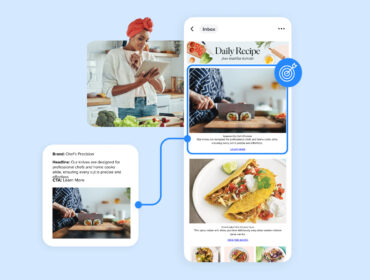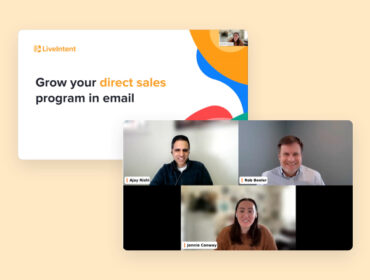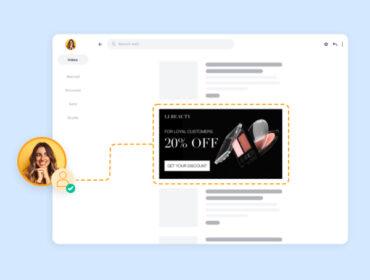Real Time Banter: What Recent Changes in Email Behavior Mean for Marketers
In our ninth Real Time Banter webinar, LiveIntent SVP of global marketing, Kerel Cooper, and VP of marketing, Nick Dujnic, speak with Chad White, head of research at Oracle CX Marketing Consulting and author of Email Marketing Rules, about what recent changes in email behavior mean for marketers.
Insights from Chad White
Email open times have changed as people’s routines have been disrupted by the pandemic.
“Roughly 30% of the American workforce has a job that can be done remotely from home. And when you’re at home, you don’t have commute times and you’re off routine. So it makes a lot of sense that the traditional open times would be off from usual.”
That’s why marketers need to take a look at their send times and adjust them based on changing consumer behavior.
“We’re highly recommending people look at send time optimization. This is technology that’s pretty straightforward, that picks a time to send your emails to individual subscribers based on their historical open patterns. What we have found is that even slightly dated send time optimization data – because behaviors are rapidly shifting – is better than a default send time. So trust in the machine learning to pick a time that’s better than what you could pick yourself. And once you put that into place, it will adapt to future changes.”
Interestingly, White hasn’t seen a huge jump in desktop engagement despite people isolating and working from home.
“I’ll be the first admit that I was floored by that. I think the lesson there is that people’s email habits are just really ingrained. If they’re used to picking up their phone to check their email, that’s a tendency that’s not going to change.”
So it’s still important for marketers to ensure they’re sending mobile-friendly emails. But, as White notes, this doesn’t just mean relying on responsive design.
“I think sometimes responsive design gives people a false sense of security. Responsive design is just a tool that you can use to become more mobile friendly. But if your font sizes are too big, if things are spaced too closely together, then it’s still not friendly for mobile users.”
White recommends using 14–18-point fonts to help make emails more legible and user-friendly on mobile.
CPG brands also have a big opportunity to start building direct relationships with customers over email – especially as buyers are trying new brands and are eager to consume helpful content.
“People are trying new products at never-before-seen levels because they can’t get their preferred brands. There’s a huge opportunity for upcoming brands or challenger brands to try to get in front of people and steal some market share away from the incumbents.”
Brands can do this by sharing informing and entertaining content in high-quality emails. They can also fund their email program by monetizing those emails and driving further revenue.
“People want to see that you are passionate about your product and the larger sphere that your product occupies. Share recipes, tutorials, etc. I think those are really smart investments. I don’t think the need for that is going to go away, both from a brand engagement standpoint and a brand identity standpoint.”
Best practices for adapting to changes in email behavior
- Dive deep into your analytics. “There’s a big opportunity for us to revise our personas and create new ones, especially with geo-segmenting. States are opening up at different rates and they’ve had different experiences. Segmenting and personalizing to that is a smart thing to do. That’s #1: trying to better understand your customer.”
- Look for ways to simplify. “Everyone’s trying to speed up, trying to be more nimble. The last thing you want to do is build a brand-new version of every email that you’re sending out. I would encourage you to explore modular email architecture that can speed up your email production time by 25%.”
- Grow your subscriber list. “Look at the subscriber acquisition sources you’ve now shifted to use. Really scrutinize those sources that are now pulling in more subscribers and make sure that that sign-up process is simple and clear, and that you’re setting the right expectations.”
- Revamp your welcome email series. “For a lot of brands, their welcome series were all about driving people to offline locations to do things. That doesn’t make sense anymore, so you need to make sure you’ve updated that. These are living emails – they need care and nurturing. And they are among your most powerful emails that you’ll ever send, so they deserve extra attention.”
Sign up for more Real Time Banter and other industry insights with the LiveIntent newsletter.


